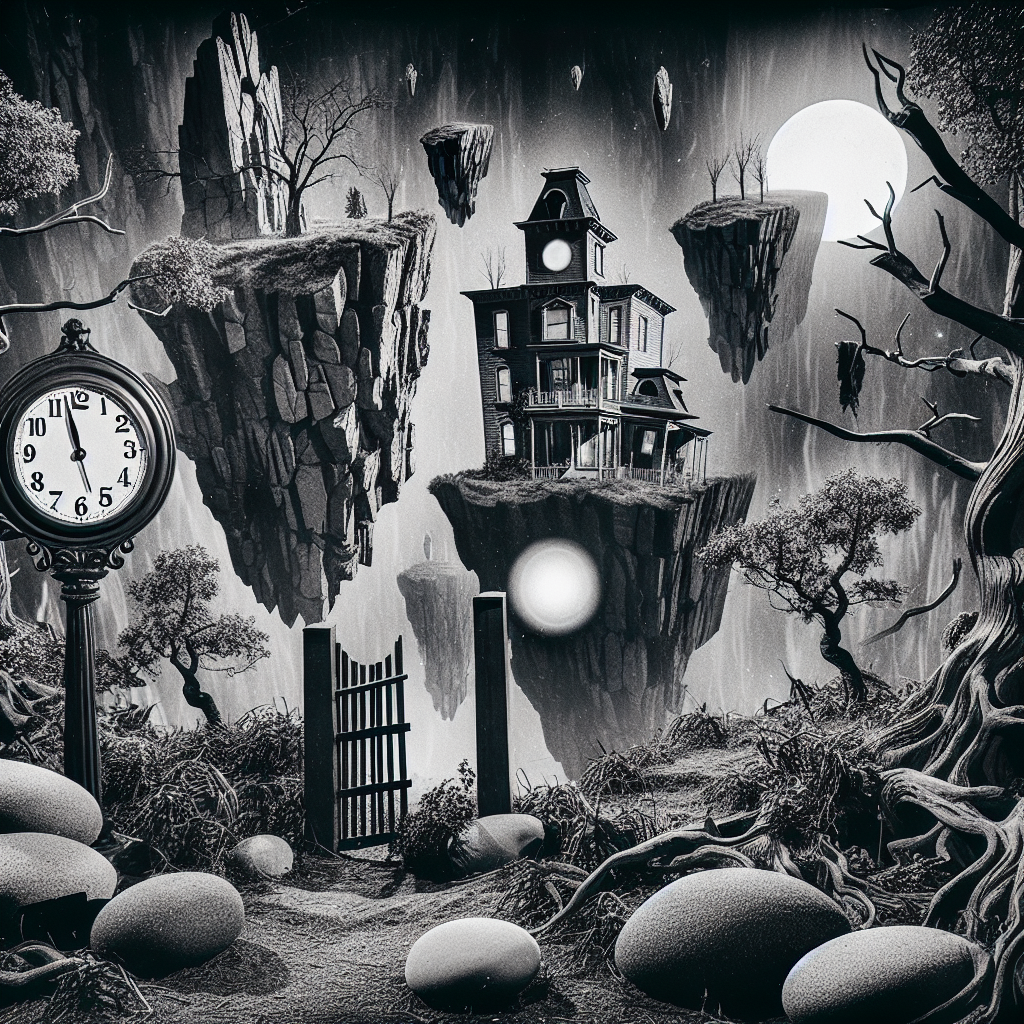The Enigmatic World of the Twilight Zone
The Twilight Zone transcends the boundaries of reality and fiction, enthralling audiences with its fantastical setups and unexpected twists. Over the years, it has presented some of the most jaw-dropping episodes that blurs the lines between natural and unnatural, normal and bizarre, possible and impossible.
Time Stands Still in A Kind of Stopwatch
Have you ever wished that time would just stop for a while so you could finish all your pending tasks or just take a breather from the hustle and bustle? The Twilight Zone episode “A Kind of Stopwatch” presented a character, Patrick Thomas McNulty, who got an unusual timepiece, which could halt time.
Given to him by a stranger, the stopwatch had one peculiar feature besides displaying the time: It freezes time for everyone except the holder. The episode swiftly descends into chaos as McNulty exploits and eventually regrets his newfound power. It puts forth a profound question on the feasibility of controlling time.
The Enchanting Tale of The Beauty Is in The Eye of Beholder
The Twilight Zone often delves into personhood, identity, and looks. “The Beauty Is in The Eye of Beholder” is a perfect representation of this theme. The protagonist, Janet Tyler, lives in a universe where the normative concept of beauty is drastically atypical by our standards.
In a drastic bid to look ‘normal’, Janet undergoes multiple operations. The episode, in its twilight fashion, reveals that she is conventionally beautiful and it is the society that perceives beauty oddly. This episode presents an unsettling yet enlightening narrative on societal norms and the idea of beauty.
The Fringe Reality of The Little People
There is something peculiarly interesting about having control over others. “The Little People” presents a character who inadvertently becomes god-like to a population of tiny, out-world beings. After landing on an alien planet, a crew finds a civilization of tiny humanoids. A power-drunk crewman begins to pose as their god, exploiting them as he pleases.
However, the tables turn when titanic beings arrive, rendering him insignificant and powerless. This episode, replete with philosophical undertones, probes authority, misuse of power, and divinity, revealing the relativity of scale in the greater scheme of existence.
Rewriting History in The Whole Truth
Used car salesman Harvey H. Hunnicut acquires a haunted vehicle that can only tell the truth in “The Whole Truth”. In an ironic twist of fate, he, a man known for his deceptive speeches, is stuck with a car that only spills truth, turning his life upside down.
The cursed car forces him to confess all of his deceitful trading practices to his customers, causing his business to dwindle till he finally manages to sell it off. Yet, in one last twist the car’s truthfulness results in him selling the car to a dictator who is planning an invasion. Striking a balance between comic relief and quirkiness, the episode aptly portrays the pitfalls and limits of absolute honesty.
The Dystopian Mirror in Number 12 Looks Just Like You
Projecting a dystopian future, “Number 12 Looks Just Like You” depicts a reality where uniformity is held above individuality. Everyone is forced to undergo the Transformation procedure at 19 to conform to an accepted norm of beauty and personality.
The protagonist, Marilyn, however, resists this societal imposition. The episode chillingly concludes with Marilyn giving in to the pressure and undergoing the procedure. This episode set in a conformist society prompts viewers to valiantly accept their uniqueness in the real world, where diversity is often suppressed in favor of homogeneity.
These episodes from The Twilight Zone invite us into a world that challenges our own. The realm of the Twilight Zone may deliver bizarre, nerve-wracking narratives, yet at its core, it mirrors and questions our world and the narratives we believe to be true. And in truth, isn’t reality often stranger than fiction?
